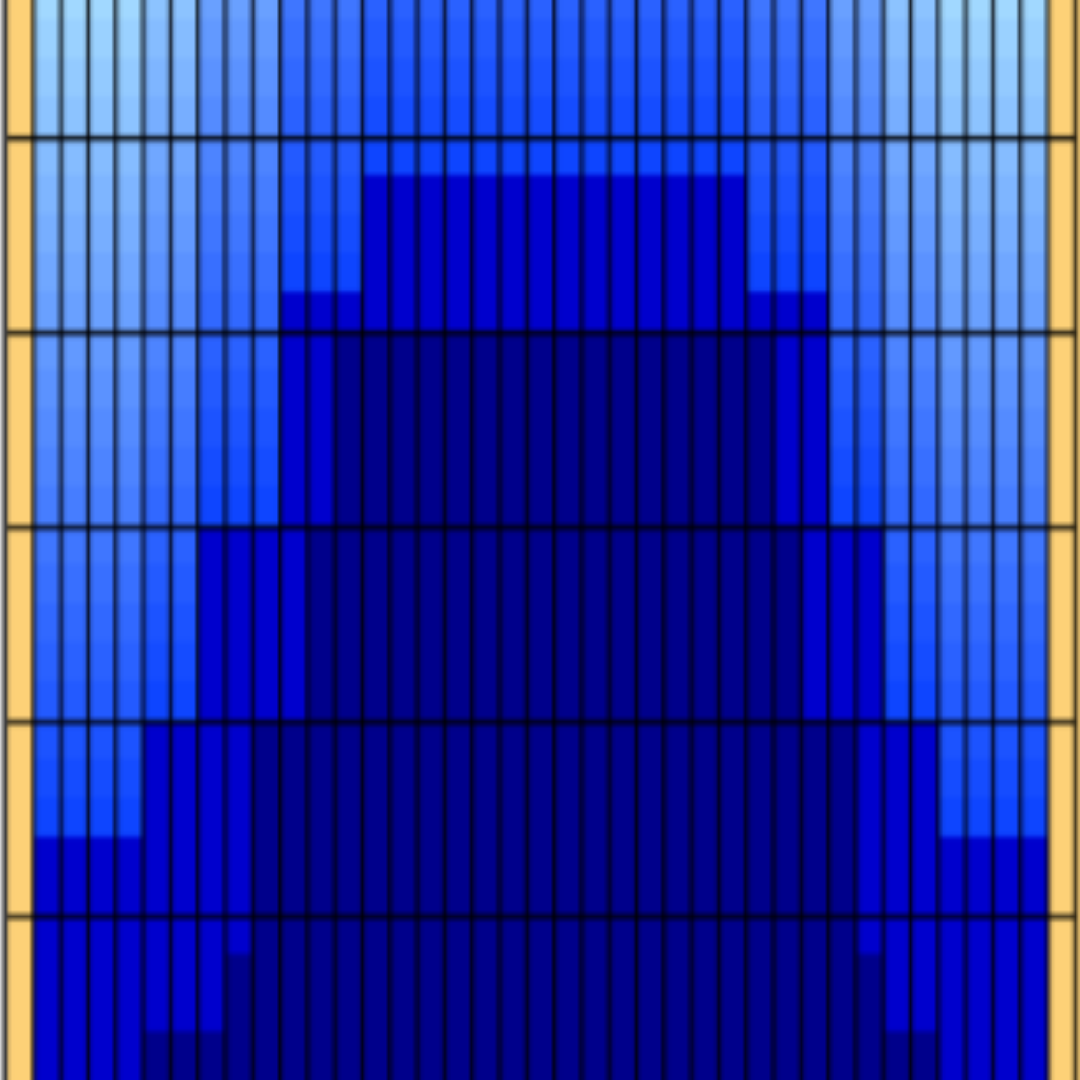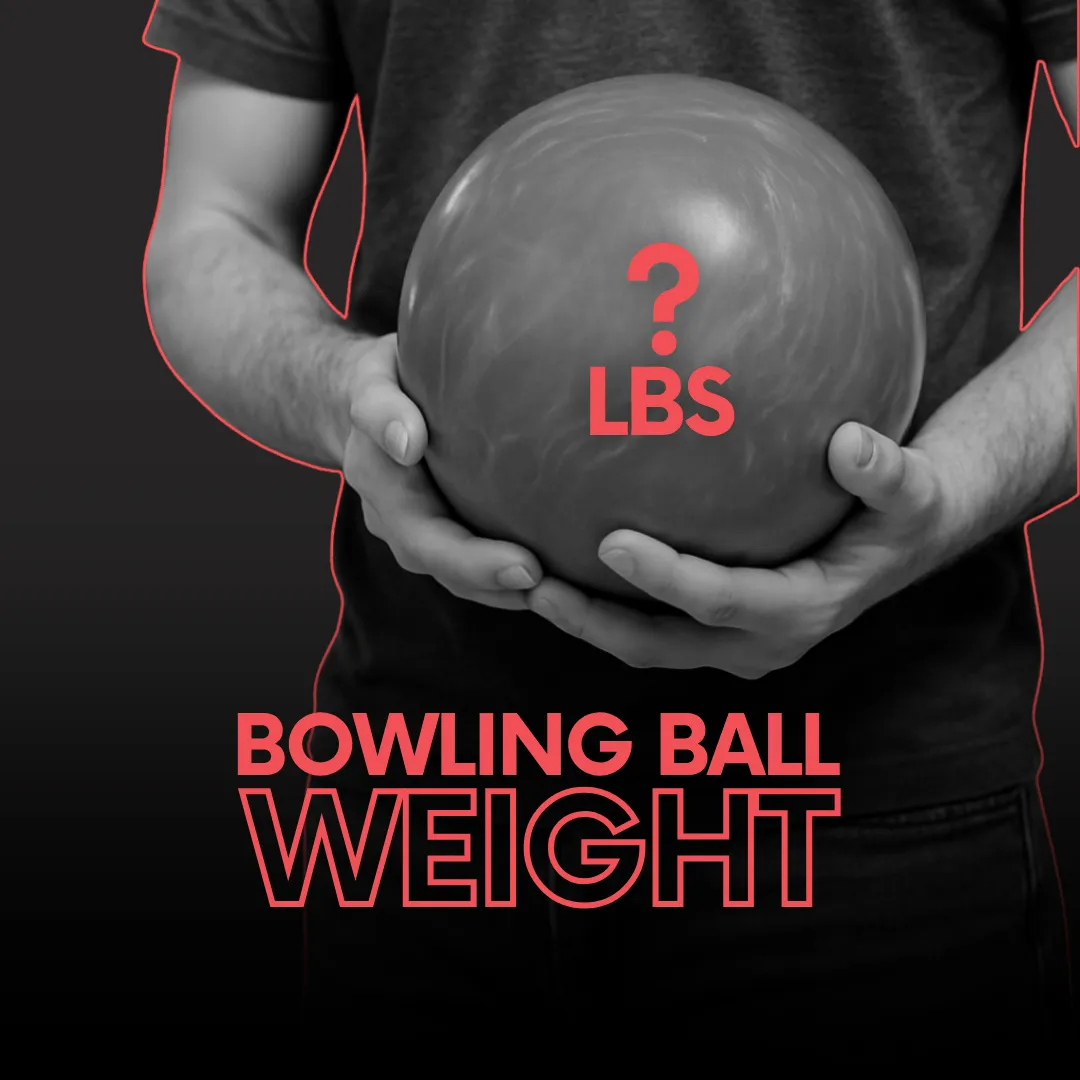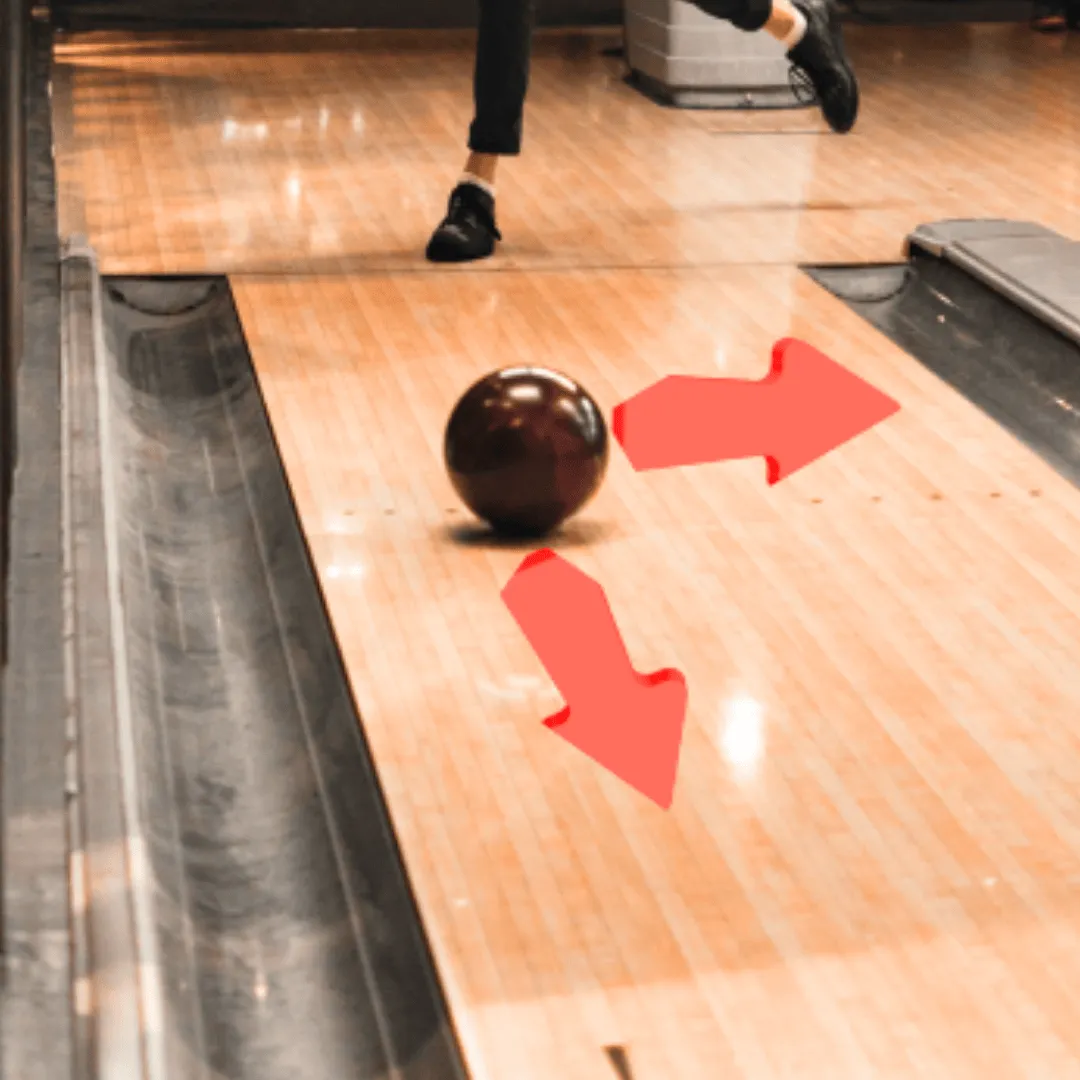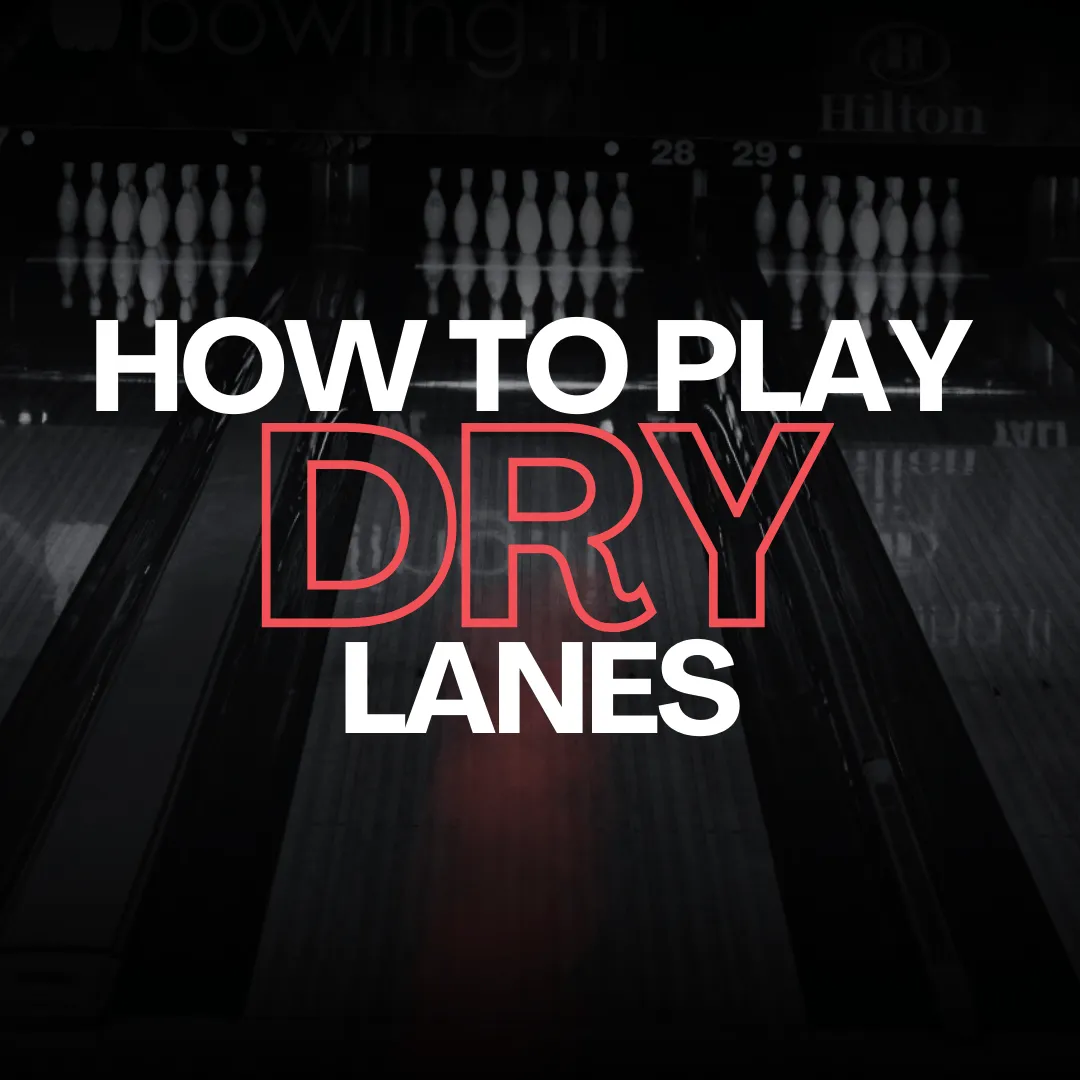Ever wonder why your ball comes back slick and greasy? That’s lane oil - and
it changes everything. Bowling lanes use synthetic oil to create different
conditions. These are called bowling oil patterns, and they impact
bowling ball
motion. Whether your ball skids too far or hooks too early often depends on
the pattern used that day.
In this guide, you’ll learn how oil
patterns work, how to read them, and how they affect your shot. We’ll also
explain the difference between house and sport patterns, and how to adjust
your game accordingly.
What Are Bowling Oil Patterns?
Bowling oil patterns show how lane technicians apply oil to the surface. Each
pattern creates a different lane condition.
The oil is never spread
evenly. Most patterns use more oil in the middle and less on the outside
boards. This design helps guide your ball toward the pocket - but only if you
play the lane correctly.
A standard lane is 60 feet long. However, the oil does not cover the entire length of the lane. The last portion of the lane is always dry. This dry area helps the ball grip and hook toward the pins.
Lane technitial can use different patterns on each lane. That’s why you sometimes see your ball reacting differently. These differences make lane reading an essential skill - even for casual bowlers.
How Do Technicians Apply Oil to a Bowling Lane?
In the past, staff used sprays and brooms to apply bowling oil patterns. It
took time and serious skill.
Today, bowling centers use lane
machines that clean and oil the lanes with precision and speed. These machines
create bowling oil patterns by controlling where and how much oil goes on the
lane.
Bowling oil protects the surface and creates different lane conditions. Both are essential for fair and long-lasting play.
Bowling Oil Machines

Today, every bowling alley uses a bowling oil machine, also called a lane
machine. It cleans the lane and then applies oil to create bowling oil
patterns.
First, cleaner heads spray the lane surface. A mixture of
stripper chemical and water breaks down old oil and dirt. At the same time, a
cloth roll collects larger debris.
A vacuum then removes the fluid
and waste. During this process, the lane machine travels the full 60 feet of
the lane. After cleaning, it applies fresh oil in the programmed pattern.
Technicians
no longer need sprays or brooms. Everything happens with the push of a button.
The lane staff program the machine to set how much oil goes where for the
chosen bowling oil patterns.
What Oil Do Bowling Alleys Use on Lanes?
Manufacturers create bowling lane conditioners specifically for the sport of
bowling. These conditioners combine high-quality oils with additives for
consistent lane performance.
They come in different viscosities
and surface densities to create varied lane conditions depending on each
alley’s needs.
Lane conditioners must hold their structure when
applied and also protect the lane, pins, and bowling balls. They are also
non-toxic and safe for human health, so bowlers can enjoy their pizza without
worry.
Bowling Oil Pattern Types

Bowling oil patterns can be classified in several ways. The most common method
is by their length. Bowlers usually group patterns as
short (35 feet or less), medium (between 36-42 feet), or
long (43 feet or more).
The oil pattern’s length affects when the ball hooks. Shorter
patterns make the ball hook earlier.
House Bowling Oil Patterns
Most bowling alleys use special lane patterns called house bowling oil
patterns. These patterns make scoring easier for casual bowlers.
A
house pattern helps the ball hit the pocket by using more oil in the center
and less outside. Rolling the ball in the middle keeps it straighter for
longer. Rolling it toward the outside allows it to curve back to the
middle.
In short, house bowling oil patterns give bowlers more
margin for error and help them hit the pocket more often.
Professional Bowling Oil patterns
Organizers design professional bowling oil patterns to be more challenging
than house patterns. They make hitting the pocket consistently much harder.
On
sport patterns, technicians spread the oil more evenly across the lane. Unlike
house bowling oil patterns, there is no built-in guide to help your ball. If
you miss your target, the ball can easily hook into the gutter.
How To Read Bowling Oil Patterns?
Knowing how to read bowling oil patterns is crucial for success. It helps you
understand how to play each lane.
There are thousands of different
bowling oil patterns. The Kegel library alone lists over 1,000 options.
Mastering them all is impossible, but building a solid foundation is essential
for effective gameplay.
Understanding Bowling Oil Sheet
Lane pattern sheets display bowling oil patterns. At first glance, they may
look complex and highly technical.
For beginner and intermediate
bowlers, two main components matter most. Look at “Oil Pattern Distance” and
“Volume Oil Total” listed at the top. These numbers help you choose the right
bowling ball and predict where it will hook at the breakpoint.
Breakpoint and Exit Point
Every bowling oil pattern includes a breakpoint. The breakpoint is where the
ball moves farthest from the pocket before turning back toward the pins.
The
breakpoint usually appears a few feet past the exit point. The exit point is
where the oil pattern distance ends on the lane.
The Rule of 31
The rule of 31 is nothing new in bowling sport. Many professionals apply it at the highest levels.
How does
it work? Standing in the same spot will not work on every oil pattern length.
Instead, you must know which board your exit point should be on. That gives
you the best breakpoint for hitting the pocket.
To use the Rule of
31, subtract 31 from the oil pattern distance on the lane sheet. The result
shows the board where your ball should exit the oil.
For example,
if the pattern measures 42 feet, subtracting 31 gives 11. Your ball should
exit at the 11th board. While this rule works best for medium bowling oil
patterns, it also applies to short and long ones.
How to Read Bowling Lane Condition Changes?
As bowling oil patterns transition, bowlers must adjust to stay in the pocket and keep scoring. Adjustments may include changing stance, target, ball choice, speed, or loft.
Starting with a stronger ball on a fresh oil pattern creates a smoother hook spot. This gives valuable insight for later
adjustments in ball selection, release, or speed. Always monitor how your ball
reacts at the breakpoint and adjust when needed.
As lanes break
down, switch to a weaker ball with less surface or a polished finish. This
prevents early hook and helps the ball skid farther down the lane.
Final Thoughts on Bowling Oil Patterns
Understanding bowling oil patterns is crucial for improving your game. Reading
the lanes and knowing how oil patterns work leads to more success.
Whether
you are a seasoned pro or a beginner, these insights help you adjust to
different lane conditions. Use what you learn about bowling oil patterns to
build confidence, make smart choices, and knock down more pins.
FAQ
What Is the Purpose of Applying Oil to a Bowling Lane?
Oil on the lane has two jobs. It changes lane conditions and protects the lane from wear.
How Are Bowling Oil Patterns On Bowling Lanes Created In Modern Times?
Bowling alleys use bowling oil machines, also called lane machines, are used in modern bowling alleys. These machines clean the lane with a set cleaner, then add oil based on the programmed pattern.
What Kind of Oil Do Bowling Lanes Use, and Why Is It Important?
Manufacturers craft bowling lane conditioners for the sport, combining high-quality oils with additives. These conditioners maintain structure, protect the lane, pins, and bowling balls, and remain non-toxic and safe for bowlers.
How Can Bowlers Read and Interpret Bowling Oil Patterns?
Bowlers read pattern sheets that show key parts like oil pattern length and total oil volume. Bowlers must recognize the breakpoint and exit point to place shots strategically.
What Is the Significance of the "Rule of 31" In Bowling?
Bowlers use the "Rule of 31" to determine the exit point based on oil pattern distance. Subtract 31 from the pattern length to find the board where your ball should leave the oil.





